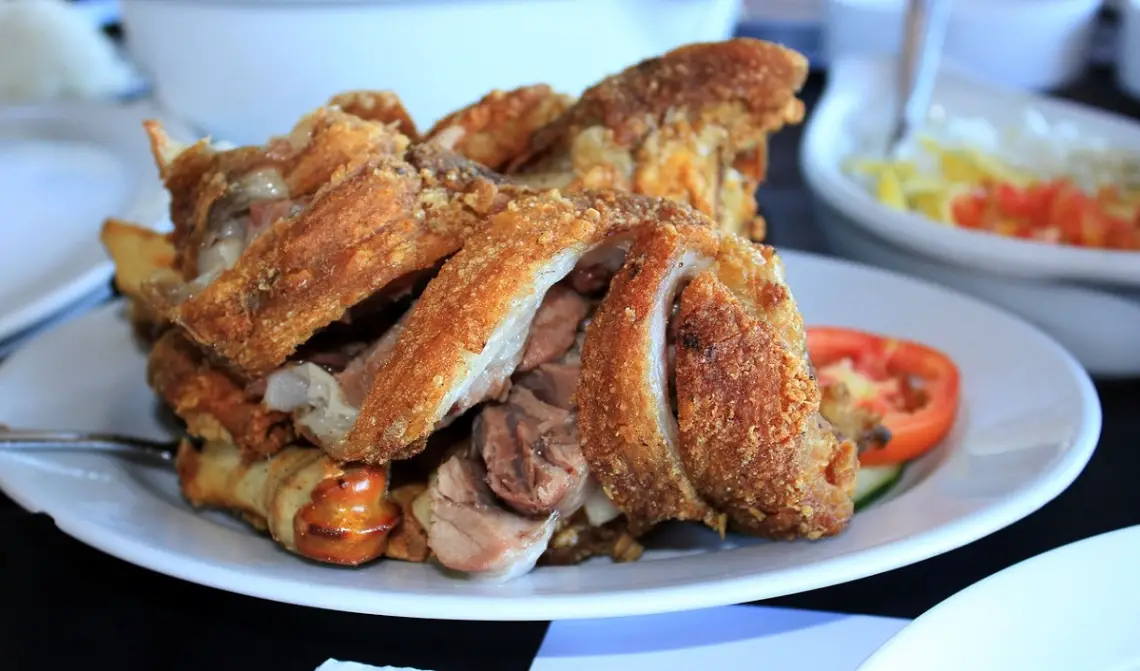
8 Filipino Heirloom Recipes and Their Stories
You may not think about it much but memories centered on food are extremely powerful. They can be so vivid that just one bite can take you back to your childhood home’s kitchen. This proves that stories always go hand in hand with dishes.
The history of your favorite foods not only reveal where they came from and who cooked them first, but also why they’re still around today.
In many ways, the stories behind our favorite dishes connect us to traditions and flavors that make us who we are.
Also Read: Classic Filipino Dishes to Serve Your Guests from Overseas
Here are incredible and beloved Filipino recipes, each with its own origin story.
Contents
1. Sisig
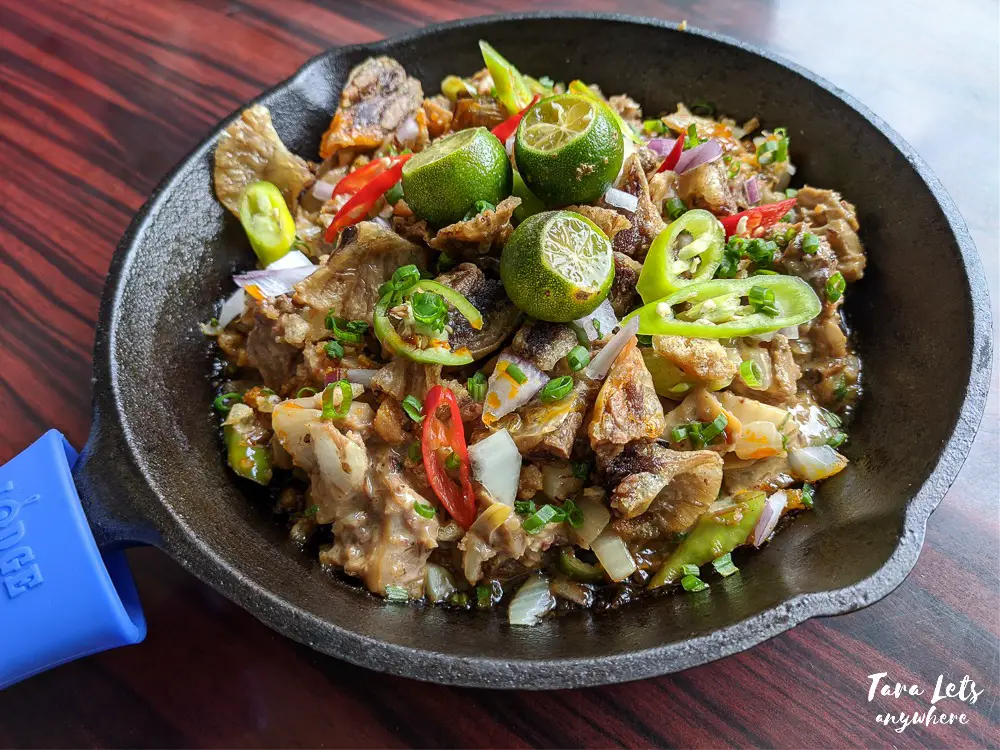
Hailed by Anthony Bourdain as the perfect companion to a cold beer, sisig’s history is as rich as its flavor.
Initially, sisig was intended as a remedy for hangovers and nausea as its sourness was believed to tame dizziness. Back then, it was called “sisigan,” an old Tagalog term that translates to “to make it sour.”
The earliest mention of sisig dates back to 1732 in a Kapampangan dictionary by Diego Bergaño, a Spanish missionary. It was described as a salad of green papaya or guava with a dressing of salt, pepper, garlic, and vinegar. This early version hinted at the dish’s sour relish.
However, sisig’s modern version took a turn during the American Occupation. At Clark Base in Angeles City, Pampanga, US Air Force personnel discarded pig heads and considered them waste.
Resourceful locals, disheartened by the wastage of edible parts, bought these discarded portions at a low cost. They boiled the heads, sliced off the ears and jowls, and incorporated these into the sour relish. This formed the precursor of today’s sisig.
Filipinos can thank Lucia Cunanan, fondly known as “Aling Lucing” for the sisig we know and love today. While preserving the traditional Kapampangan essence, she elevated the dish by grilling the boiled meat, chopping it finely, frying it with pig brains and chicken livers, and presenting it on a sizzling plate.
Her version shifted the focus from the dish’s sourness to the delightful combination of crunchy pig ear cartilage and the creamy texture of liver and brains. Aling Lucing’s innovation propelled sisig from a regional gem to a national sensation.
Angeles City proudly calls itself the “Sisig Capital of the Philippines.” The city solidified its claim to fame in 2003 by hosting the inaugural Sadsaran Qng Angeles (Sisig Festival), further cementing its status as the epicenter of this beloved Filipino dish.
2. Adobo
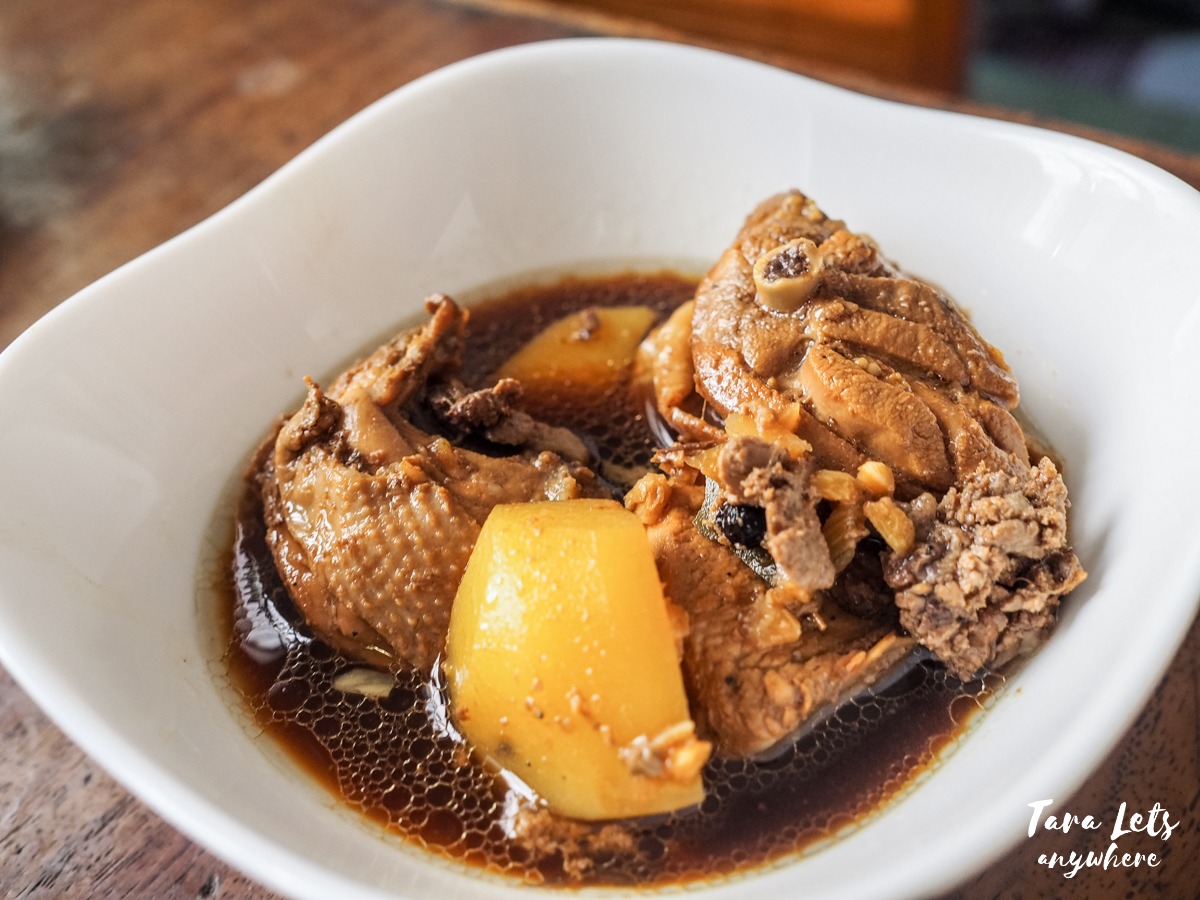
Adobo has tons of variations across the country, with each region infusing its produce and flavor profile into this dish. Wherever you go, you’re bound to find an adobo recipe that’s slightly different from the last.
But one thing is for sure — adobo is a dish that’s loved by many, and its origins are deeply rooted in Philippine history.
At its core, adobo is a mix of protein — be it chicken, pork, or fish — braised in vinegar, seasoned with garlic, and peppered with black peppercorns.
Its roots can be traced back to Malay voyagers who first stepped foot on Philippine shores who used a mixture of vinegar and salt to preserve food in the tropical heat. This was the easiest and most common method to extend the shelf life of food before the era of refrigeration.
When the Spanish colonizers set foot in the Philippines, they observed how locals marinated their meats and fish in vinegar. The existence of Adobo was first recorded by Spaniard Pedro de San Buenaventura in 1613.
In Buenaventura’s dictionary, this dish was called “adobo de los naturales,” drawing parallels to Spanish and Mexican dishes with the same name.
As expected, according to food historian Raymond Sokolov, the elements of adobo were already common to Filipino cuisine long before Ferdinand Magellan’s voyage, although the original name of this dish is unknown.
Sokolov notes the “lexical imperialism” that occurred when the Spanish label, “adobo,” was affixed to this dish, inspiring its recognition under a foreign name.
As adobo continues to evolve, each household and region in the Philippines adds its distinctive twist to this classic recipe. This ensures that no two adobos are quite the same, yet all share the essence of Filipino culinary heritage.
3. Pancit Palabok
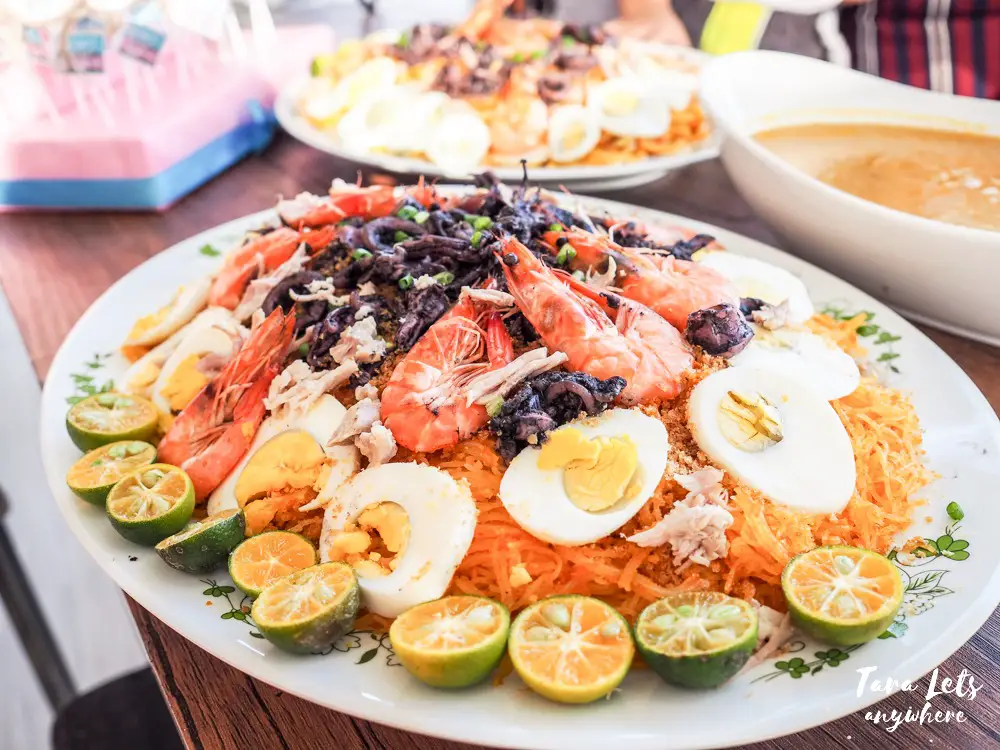
Pancit Palabok is made with thin rice noodles that are soaked in a bright orange sauce. This sauce is a mixture of shrimp broth, achuete, cornstarch, and fish sauce.
The topping is where pancit palabok really shines thanks to shrimp, boiled eggs, chicharron, and green onions.
While the origin of Pancit Palabok isn’t crystal clear, it’s believed to have Chinese origins. However, Filipinos have taken this noodle dish and made it their own.
Pancit Palabok, just like any other noodle dish, is all about using what was on hand—eggs, seafood, dried fish, pork.
People added fish sauce, which was popularly traded during the Spanish era. Over time, it became a dish that was commonly served during special occasions, such as birthdays and fiestas.
4. Kare Kare
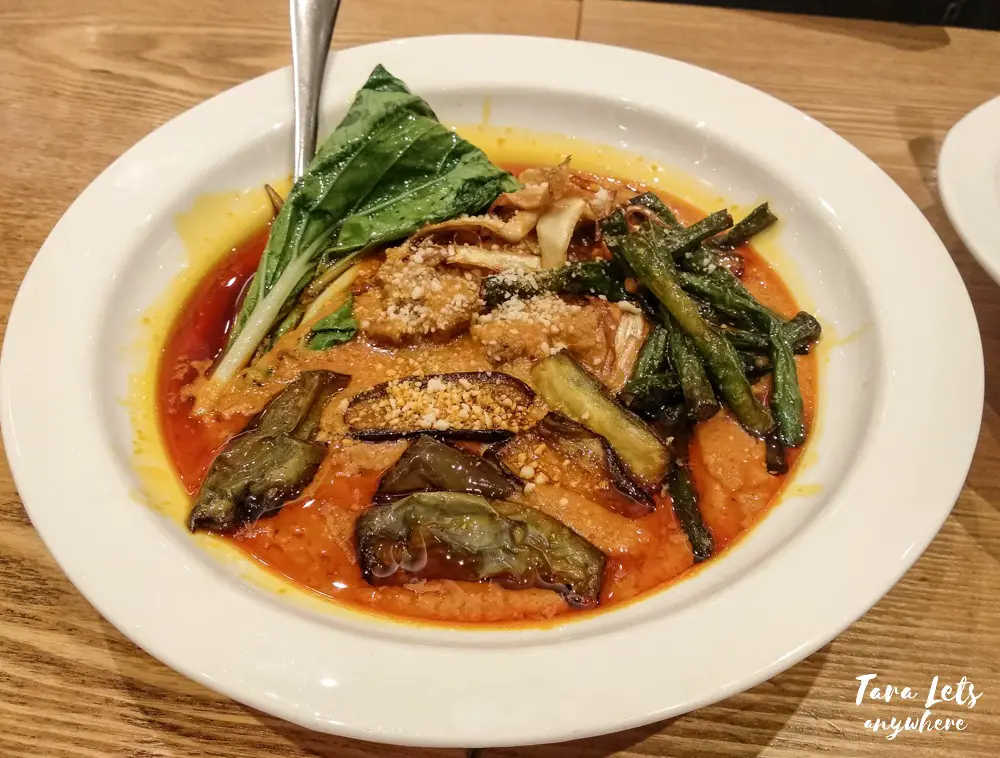
Kare-Kare is a mix of ox-tail, tripe, and a delicious peanut gravy. It comes with blanched veggies on one side and shrimp paste on the other, making it an incredible showcase of contrasting flavors.
So where did this dish come from? The name “kare-kare” actually started as a Kapampangan term, hinting that it was a local take on “kari,” which means curry.
That same name even played a role in the term “karinderya.” It turns out “kari” also meant “sauce” in other Asian languages.
The story gets more interesting. Long ago, there was a dish called “kari,” a traditional favorite among the Moro people.
It’s said that Indian soldiers on British ships tried to recreate curry using local ingredients such as annatto seeds and peanuts. The Kapampangans, with their flair for cooking, fine-tuned this dish into what we now call kare-kare.
Kare-Kare says a lot about Filipino cooking. Back in the day, when most Filipinos were farmers, Kare-Kare’s slow-cooking style, where everything was simply tossed into one pot, was perfect for those long days in the fields.
The addition of oxtails and tripe proves how Filipinos minimize waste, especially in food.
5. Crispy Pata
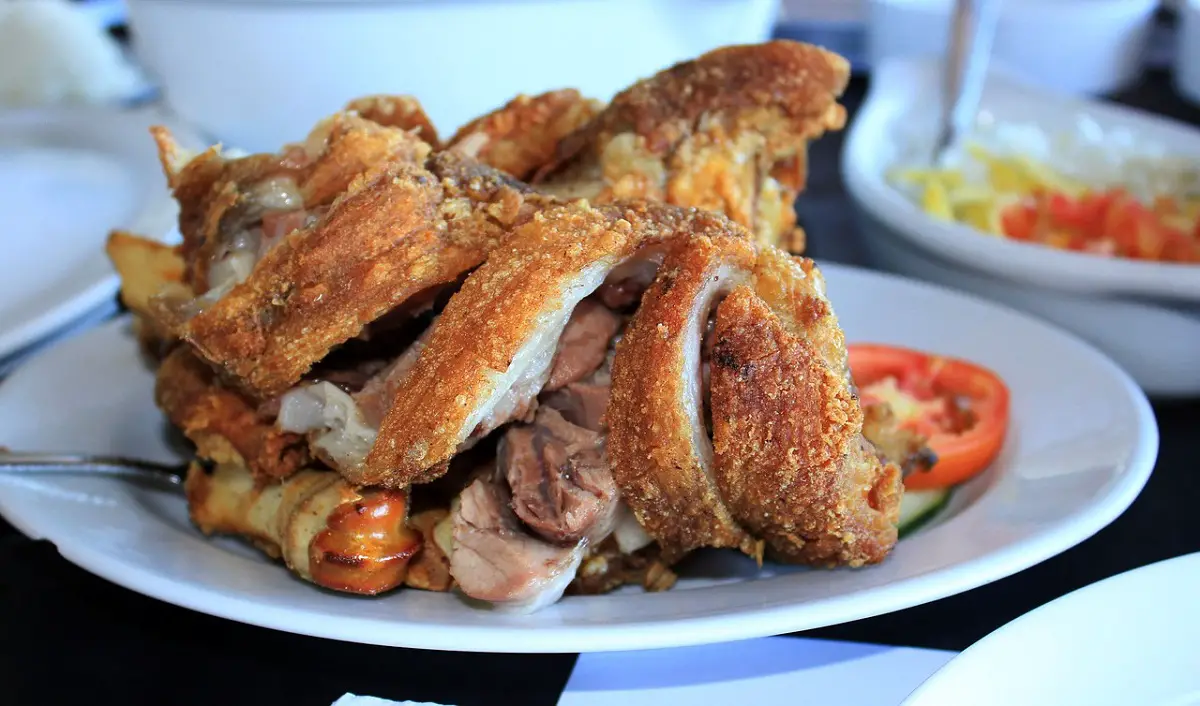
Crispy Pata has quite the unconventional start. It wasn’t crafted by a chef but rather, by a famous figure in showbiz — a celebrity known for composing hits and starring in action-packed movies.
Rod Ongpauco, who composed the iconic “Tulak ng Bibig, Kabig ng Dibdib,” hit a rough patch when his movies flopped.
Thankfully, this stumble turned out to be a lucky break. He decided to step away from the limelight, heading back to school to study. It was also during this time that his love for food came back to life.
While on his way to school, his taxi took a wrong turn, and he stumbled upon a row of lechon stores in La Loma.
Intrigued, he bought a piece of pork leg and took it to school. When he got home, he started experimenting with frying it in different ways. Crispy Pata was born.
During this time, the Ongpaucos had a small eatery named Barrio Fiesta near their home in Caloocan City.
Rod began treating friends to free meals there, maybe a bit too much, according to his stories. Soon, he included his crispy invention on the menu.
Word spread like wildfire. People started requesting Crispy Pata, and the demand just kept growing.
With just Php9,000, Rod opened his own Barrio Fiesta along West Avenue in Quezon City. At just 17 years old, he had a three-table dining room and two alfresco areas.
Not long after that, not just dozens but hundreds of these crispy and gelatinous pork legs were being distributed among the various restaurants of Barrio Fiesta.
6. La Paz Batchoy
There are two intriguing narratives surrounding La Paz Batchoy that contribute to its iconic status.
The first is that it was created by Federico “Deco” Guillergan, Sr., a butcher at La Paz market, during pre-World War II. His soup, initially priced at just 10 to 20 centavos per bowl, was sold in the bustling La Paz Public Market.
Guillergan was prompted by customer requests to add noodles to his soup, and the introduction of this meat and noodle combination marked the birth of the term “batchoy.”
There is also another story that centers on Teodorico “Ted” Lepura. He claims to have learned the batchoy recipe from a Chinese merchant even before Deco set up his stall.
Ted’s version of the story places his introduction of batchoy in the early 1930s, predating Guillergan’s stall.
Despite the differing timelines, Ted’s contribution to the evolution of this beloved dish adds an intriguing layer to its history.
Even today, establishments like Ted’s Oldtimer La Paz Batchoy and Deco’s La Paz Batchoy are a favorite among La Paz Batchoy fans within and outside Iloilo.
7. Tinolang Manok
Tinola, much like adobo, is a dish that has endless variations. There’s no clear answer to who first cooked this dish, but some stories hint that its origin can be traced to cultural exchanges with the Chinese.
Tinola is a dish that has been a staple in Filipino households for generations. Jose Rizal loved it so dearly that he immortalized it in the first scene of “Noli Me Tangere.” This early mention sheds light on the long-standing love for tinola in Filipino culture.
Read Next: 10 Best Filipino Comfort Food During Rainy Season
8. Bicol Express
The history of Bicol Express, a spicy stew made with pork, coconut milk, fermented shrimp paste, and a hot chili known as “siling labuyo,” is intricately tied to the Bicol region. However, there are many theories surrounding the inception of the dish.
Contrary to its name, Bicol Express may not have originated from Bicol itself. One story traces its popularity to a woman named Cely Kalaw, a Naga City native whose childhood in Bicol influenced her deeply. In the 1960s, she made a dish, naming it Bicol Express in homage to the train journey connecting Naga City and Manila.
It’s worth noting that even before Cely Kalaw’s creation, locals around the Bicol region allegedly crafted a similar dish, selling it at the Sipocot station in Camarines Sur.
This dish, packed in plastic bags and wrapped in taro leaves, was offered to train passengers during stops.
Another intriguing theory suggests that Bicol Express might have roots in an Indonesian dish introduced by Malay traders over 2,000 years ago. The heavy use of coconut milk in Indonesian cuisine could hint at a cultural exchange that evolved into our unique gata-rich dishes.
There’s also a link to a similar Ilocano dish called “gulay na lada,” featuring a coconut milk-based recipe with vegetables. Bicolanos might have made their own spin on this dish, incorporating pork, shrimp paste, and the intensely spicy siling labuyo — a variety distinct to the region.
Additionally, Bicolanos’ love for “ginataang sili” might have laid the groundwork for Bicol Express.
For the recipes of all the dishes we’ve featured here, you can check out Recipes By Nora.
Nora Reyes is a formally trained chef and the creative mind behind "Recipes by Nora," a blog dedicated to sharing personally tested and perfected Filipino food recipes. With a rich background that includes growing up in a Filipino-Chinese household in Naga City, Philippines, Nora developed her culinary skills from a young age. She has over a decade of experience in the food and hospitality industry, including roles as a training director for a top restaurant chain in New York City, a restaurant consultant, and a private chef.
Nora's recipes are a blend of traditional Filipino methods and modern techniques, a reflection of her Filipino heritage and professional training in culinary arts.



